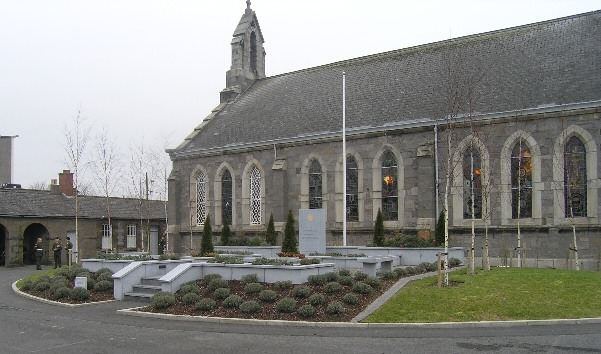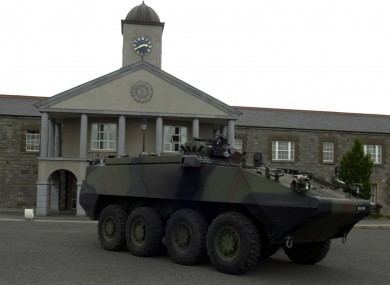Type Barracks | Year built 1810 | |
 | ||
Open tothe public Partial (Barracks museum and archives are open to public at certain times) Currentcommander Brigadier General Michael Finn Events Easter Rising, Irish War of Independence | ||
Cathal brugha barracks
Cathal Brugha Barracks (Irish: Dún Chathail Bhrugha) is an Irish Army barracks in Rathmines, Dublin. A key military base of the Irish Defence Forces, it is the headquarters of 2 Brigade, and houses the Military Archives of the Department of Defence.
Contents
- Cathal brugha barracks
- Private richard blanc 7 infantry battalion cathal brugha barracks dublin
- History
- Current use
- References

Private richard blanc 7 infantry battalion cathal brugha barracks dublin
History

The barracks was originally constructed between 1810 and 1815, and named Portobello Barracks for the area in which it was sited. (When Sir Francis Drake looted the city of Portobelo, Panama, died and was buried at sea in its harbour, many places in England and Ireland were commemoratively named Portobello – including part of Rathmines in 1696. The nearby canal bridge and the area became known as Portobello and thereafter, the barracks.)

Originally designed as a cavalry barracks, it saw some development along these lines, with additional land being purchased, and the addition of a church (1842) and canteen block (1868).

During the 1916 Easter Rising, and the Irish War of Independence, British Troops from the barracks were involved in actions throughout Dublin. During this time, three journalists, including the pacifist Francis Sheehy-Skeffington, were murdered outside the barrack guardroom. The Royal Irish Rifles company commander Captain Bowen-Colthurst, who ordered the shootings, was controversially adjudged "insane" at the subsequent inquiry and court-martial.

On 17 May 1922 Irish troops took possession of the Barracks, and it became the National Army's Headquarters under General Michael Collins.

In 1952 it was renamed for Cathal Brugha, who was a leader during the 1916 rising, Minister for Defence in the First Dáil, and who lived locally for a time. Cathal Brugha an IRA man was gunned down by the National Army on O'Connell street during the Battle of Dublin.
Current use
Since the end of the Irish War of Independence, the barracks has housed units of the Irish Defence Forces, and has more recently been developed as a result of the force's reorganisation. It became the Eastern Command HQ (again) in 1994. Following the 2012 reorganisation of the army, the barracks became headquarters of the reorganised 2 Brigade.
Cathal Brugha Barracks houses the following units:
